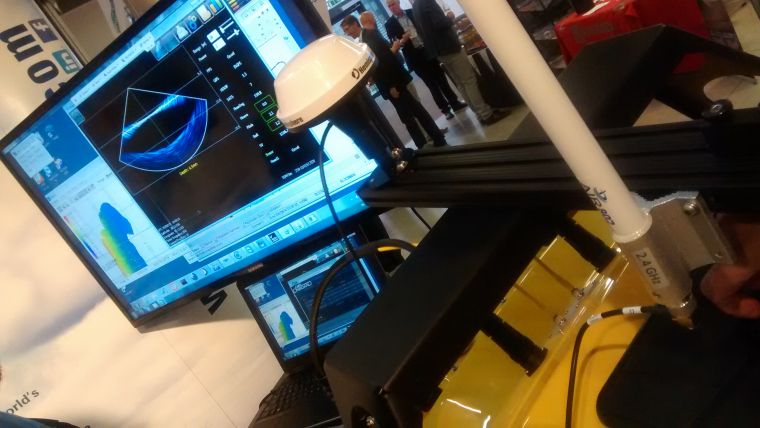Live Demonstration of CARIS Onboard
During the Shallow Survey 2015 conference held in Plymouth, UK, Teledyne and CARIS showcased the latest capabilities in autonomous survey operations with a live demonstration. For this demonstration a Z-boat with MB1 multibeam sonar and CARIS Onboard was given a survey line plan and deployed in the Mississippi River at Baton Rouge, Louisiana, USA. The raster files were viewed at the CARIS stand at Shallow Survey in Plymouth, some 4,500 miles away.
CARIS Onboard is a near-real-time processing software program that automates the processing workflow for bathymetry and imagery data. Especially suited to remote operations utilising autonomous or unmanned platforms, CARIS Onboard produces user-configurable data products that can be transmitted to the operator to ensure quality control and allow early visualisation of seafloor characteristics.
By providing this data in near real time, rather than waiting for recovery and subsequent post-processing, the surveyor has significantly enhanced command and control of remote assets in various communications bandwidth scenarios. In addition, the surveyor is able to reduce the overall Ping-to-Chart time as data is being processed concurrently with acquisition.
The CARIS Onboard software ran on the platform, automatically processing the acquired multibeam data. The resulting processed line files were then used to generate a raster image of the bathymetry in the survey area.
Throughout the demonstration the team in Plymouth could also monitor the survey processing through a web page.














